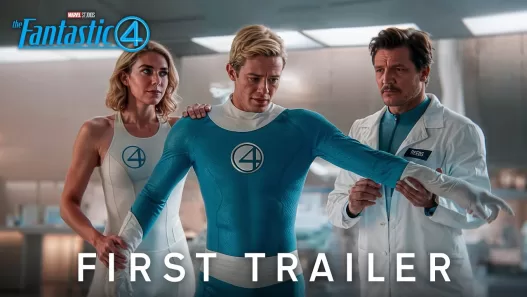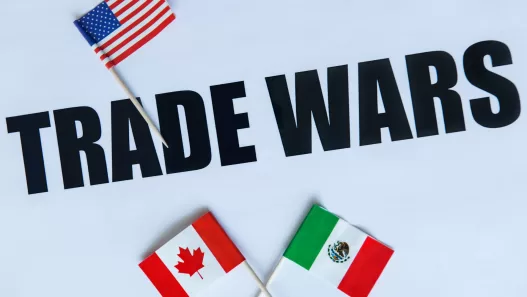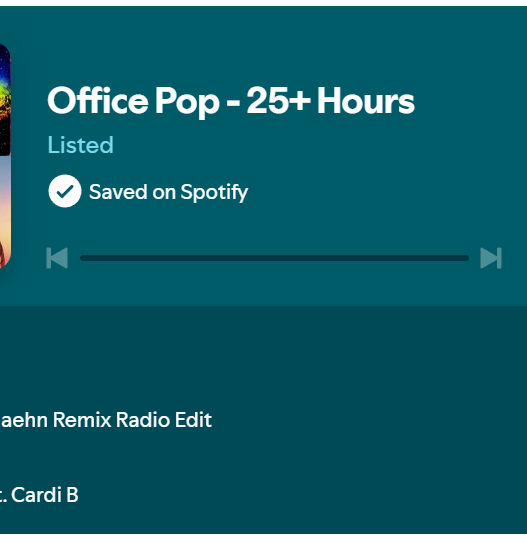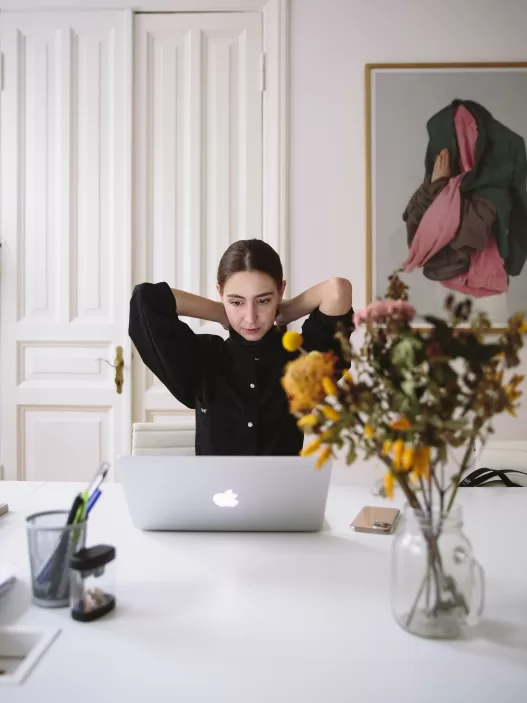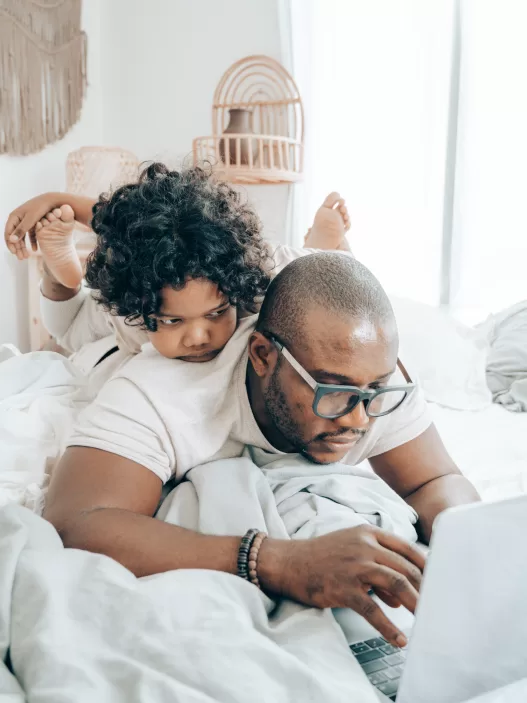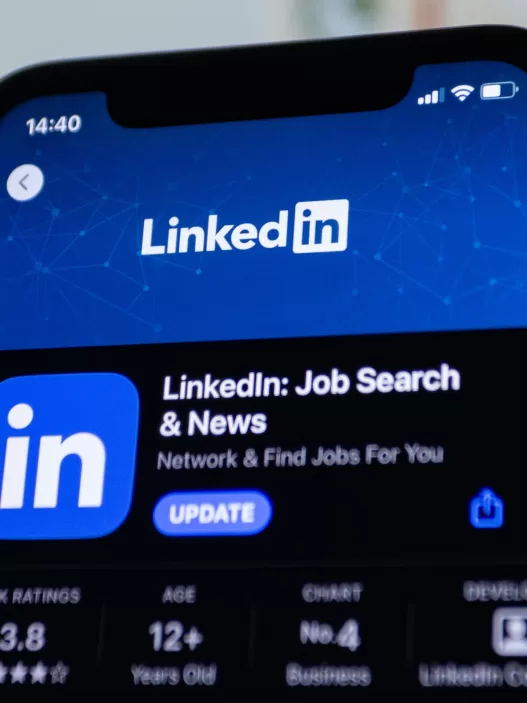
In today’s fast-paced world, creativity is the fuel that drives innovation. Whether you’re crafting compelling marketing campaigns, designing eye-catching products, or developing game-changing strategies, having a strong creative team is essential. But hiring and working with creatives isn’t the same as filling other roles—it requires a different approach.
So, how do you find the right creative professionals, and once they’re on board, how do you work with them effectively? Let’s break it down.
How to Hire Creative Talent
Finding and attracting the right creatives isn’t just about scanning resumes; it’s about identifying passion, originality, and cultural fit. Here’s how you can build your dream team:
1. Evaluate Their Portfolio First
A portfolio is the creative’s “proof of work.” Whether you’re hiring designers, writers, videographers, or marketers, their portfolio will showcase their style, creativity, and ability to solve problems visually or through storytelling.
What to Look For:
- Work that aligns with your brand’s vision and values.
- A variety of styles and skills to showcase versatility.
- Clear explanations of their creative process.
Pro Tip: Look beyond the aesthetics—check if their work has delivered measurable results for previous clients.
2. Conduct a Skills Test (But Keep it Realistic)
A skills test can help gauge a creative’s abilities in action. However, the key is to design tests that mimic real-world projects without being too time-consuming or abstract.
Example Tests:
- A writer can draft a short blog post relevant to your industry.
- A designer can create a quick social media mockup with your branding.
- A video editor can cut a 30-second promo based on existing footage.
Pro Tip: Offer paid test projects to show you value their time.
3. Look Beyond Technical Skills—Assess Soft Skills
Creatives need more than just talent; they need to collaborate, adapt, and communicate effectively with teams and clients. Focus on traits like:
- Problem-Solving: Can they think on their feet and provide creative solutions?
- Communication: Can they articulate their ideas clearly?
- Flexibility: Are they open to feedback and revisions?
- Passion: Do they show enthusiasm for their craft and your brand?
Pro Tip: Ask candidates to explain a challenging project they worked on—this will reveal their approach to problem-solving and teamwork.
4. Ensure a Cultural Fit
Creatives thrive in environments that align with their values and work style. Ensure your company culture complements their way of working by:
- Understanding their preferred work style (structured vs. freeform).
- Evaluating how they handle constructive feedback.
- Encouraging diversity of thought and innovation.
Pro Tip: A casual interview over coffee can sometimes reveal more about cultural fit than a formal setting.
How to Work with Creatives Effectively
Once you’ve hired top creative talent, it’s essential to provide the right environment for them to flourish and produce their best work. Here’s how to foster collaboration and creativity:
1. Set Clear Expectations from Day One
Creatives perform best when they know exactly what’s expected of them. From the outset, define:
- Project goals and timelines.
- Deliverables and revision policies.
- Brand guidelines and creative direction.
Pro Tip: A creative brief with all necessary details helps keep everyone on the same page and reduces miscommunication.
2. Provide Constructive Feedback
Creatives thrive on feedback—but it needs to be clear, specific, and actionable. Instead of vague comments like “this isn’t what I envisioned,” offer insights such as:
- “Can we try a brighter color palette to reflect our youthful audience?”
- “The tone is great, but let’s make it more conversational for social media.”
Pro Tip: The “compliment sandwich” method—starting with a positive, addressing areas of improvement, and ending on an encouraging note—works wonders.
3. Encourage Collaboration Across Teams
Creativity flourishes when teams collaborate across departments. Encourage creatives to work alongside marketing, sales, and product teams to ensure a unified vision.
Ways to Promote Collaboration:
- Weekly brainstorming sessions.
- Cross-functional meetings to align on goals.
- Open feedback loops to foster innovation.
Pro Tip: Invest in tools like Slack, Trello, or Asana to improve communication and project management across teams.
4. Give Creatives the Freedom to Innovate
While structure is essential, micromanaging creatives can stifle their ability to think outside the box. Allow space for experimentation and risk-taking, and trust their expertise.
Ways to Encourage Creativity:
- Allocate time for passion projects.
- Encourage exploring new trends and techniques.
- Celebrate creative wins publicly to boost morale.
Pro Tip: Sometimes the best ideas come from unexpected places— let your creatives explore beyond their immediate responsibilities.
5. Respect Their Process and Workflows
Creatives often have unique work habits—some prefer to work in bursts of inspiration, while others thrive on a steady workflow. Understanding and respecting their creative process leads to better results.
Pro Tip: Offer flexible work arrangements, such as remote work options or creative retreats, to foster inspiration.
Examples of Successful Creative Collaborations
Looking for inspiration? Here are a few powerhouse collaborations that show what happens when creatives and businesses work in sync:
1. Nike & Wieden+Kennedy
This dynamic duo has been working together since 1982, creating iconic campaigns like “Just Do It” and the emotionally charged “Find Your Greatness” campaign. Their success lies in trusting the creative process and empowering the agency to push creative boundaries.
2. Apple & Jony Ive
Apple’s design legacy wouldn’t exist without the visionary work of Jony Ive. His collaboration with Steve Jobs revolutionized tech design, bringing us products like the iPod and iPhone—seamless, minimalist, and iconic. Their secret? A shared obsession with perfection and simplicity.
3. Pixar & John Lasseter
Pixar’s magic wouldn’t be the same without the creative brilliance of John Lasseter. His focus on storytelling and collaboration resulted in hits like Toy Story and Finding Nemo, proving that great stories require creative freedom and mutual respect.
Final Thoughts: Building a Thriving Creative Team
Hiring and working with creatives requires a blend of structure, flexibility, and trust. By finding the right people, setting clear expectations, and fostering a culture of collaboration and innovation, you’ll unlock the full potential of your creative team.
Key Takeaways:
✅ Hire for passion and problem-solving, not just credentials.
✅ Provide clear expectations and actionable feedback.
✅ Encourage cross-team collaboration and creative freedom.
✅ Respect their process and allow space for innovation.
✅ Learn from successful creative collaborations and apply best practices.
With the right approach, you’ll build a creative dream team that delivers outstanding work and drives your business forward.
Got questions or success stories about hiring creatives? Drop them in the comments below!

